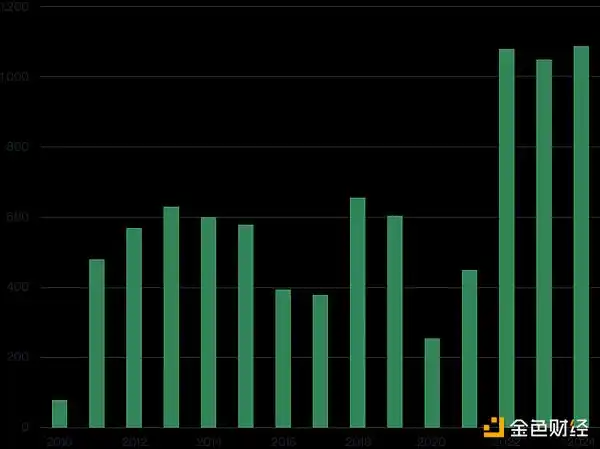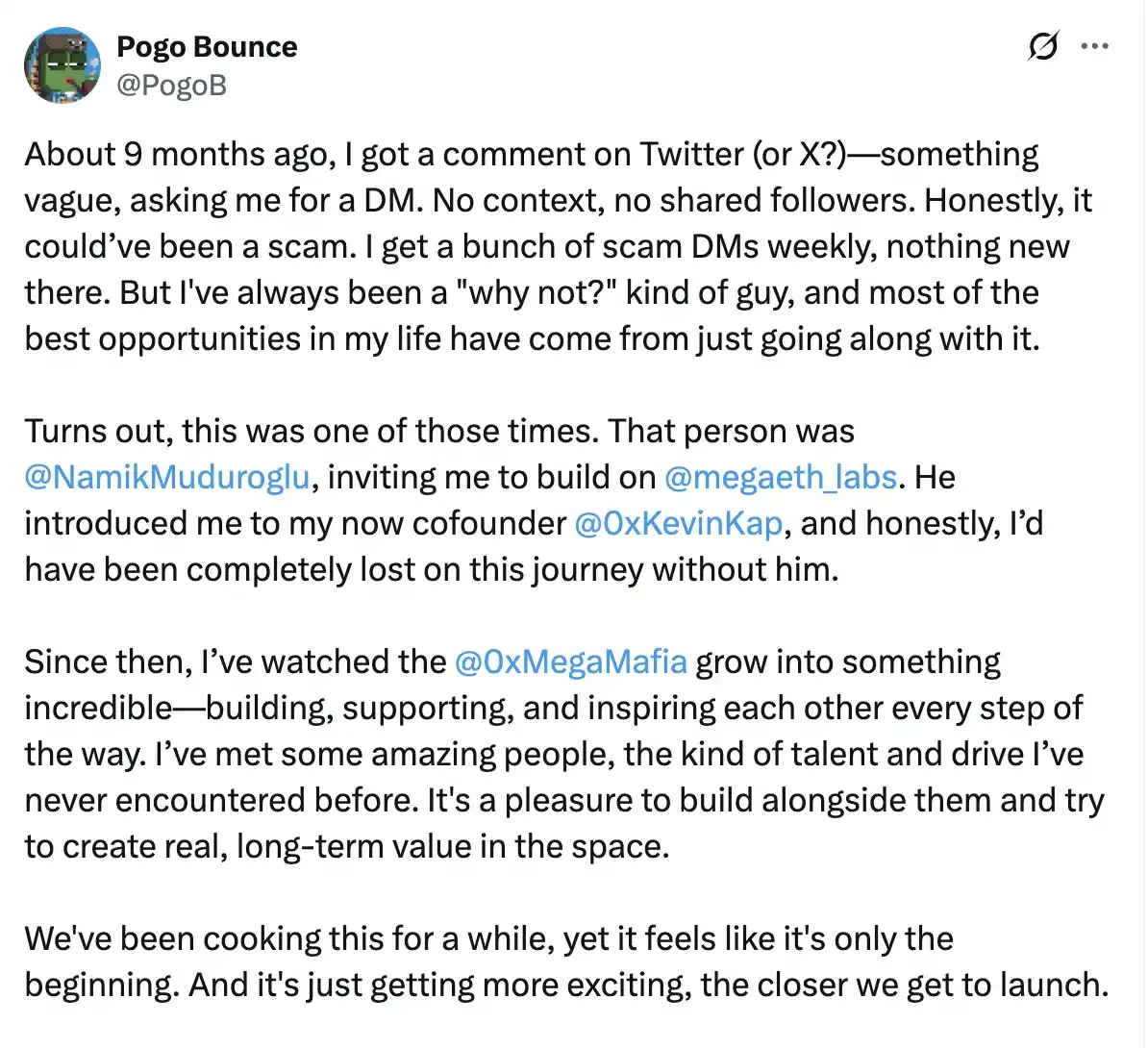Original Title: Gold's Rise Bodes Well for Bitcoin
Original Author: Matt Hougan, Chief Investment Officer of Bitwise
Original Translation: Golden Finance
Currently, there are two core questions in the crypto market regarding Bitcoin:
Why has gold outperformed Bitcoin significantly?
Since ETFs and companies are buying in large quantities, why is the price of Bitcoin still stagnant?
In fact, if we can carefully answer the first question, the answer to the second question will also emerge—this answer paints a highly bullish picture for Bitcoin's future.
Next, I will analyze this in detail.
Question 1: Why has gold outperformed Bitcoin?
Currently, although gold prices have pulled back, they have surged rapidly this year, with a 57% increase since 2025, heading towards the second-best annual performance in history when priced in dollars. Meanwhile, Bitcoin has stagnated around the $110,000 mark, with prices roughly flat since May.
This has frustrated investors who view Bitcoin as "digital gold," but there is actually a simple explanation behind it: the difference stems from the actions of central banks.
Since the U.S. froze Russian-held U.S. Treasury bonds following Russia's invasion of Ukraine, central banks around the world have begun to significantly increase their gold holdings. According to Metals Focus data, central bank gold purchases have nearly doubled since the outbreak of the Russia-Ukraine war, rising from about 467 tons per year to approximately 1,000 tons now, which is about twice the estimated purchase volume of gold ETPs (exchange-traded products).
Bitcoin, on the other hand, cannot enjoy this treatment. Although some central banks are researching Bitcoin, none have actually purchased it. Therefore, if central banks are the main driving force behind the rise in gold prices, it is logical that Bitcoin has not followed gold's upward trend.
This viewpoint is not new. Institutions and individuals such as Morgan Stanley, JPMorgan, and Mohamed El-Erian have all pointed out that central bank gold purchases are a key driving factor for the surge in gold prices.
Question 2: Why is Bitcoin's price still stagnant despite large purchases by ETFs and companies?
How is this related to the second question?
The answer is: it is highly related.
The biggest mystery in the Bitcoin market is that, despite large purchases by ETFs and companies, its price remains relatively stable. Since the launch of Bitcoin ETFs in January 2024, ETFs and companies have cumulatively purchased 1.39 million Bitcoins, while the new supply of Bitcoin on the network during the same period has been less than a quarter of this amount. Although Bitcoin's price has risen 135% since then, many are still wondering: shouldn't it have risen even higher?
I have had the same question: who is selling Bitcoin in large quantities? What is preventing it from breaking through the $200,000 mark?
The current rise in gold prices provides an answer.
Please see the table below, which shows the annual gold purchases by central banks from 2010 to 2024. In 2021, central bank gold purchases were 467 tons, which jumped to 1,080 tons in 2022, and have remained at this high level since then (predictions indicate that demand in 2025 will be slightly lower than in 2024).
Annual Gold Purchases by Central Banks (2010-2024, in tons):

Source: World Gold Council
In short, although central bank gold purchases are an important catalyst for this year's rise in gold prices, these purchases did not start this year but began in 2022.
This also provides an answer for Bitcoin's current situation.
When central bank gold purchases began to increase significantly in 2022, the speed of gold price increases was relatively slow: the average price in 2022 was $1,800, rising to $1,941 in 2023 (an increase of only 8%), and to $2,386 in 2024 (an increase of 23%). It wasn't until this year that gold prices experienced explosive growth, rising nearly 60% to about $4,200.
In other words: central banks began purchasing gold in 2022, while gold prices only saw a parabolic rise in 2025.
I believe the logic of the situation is clear: in any market, there exists a portion of price-sensitive investors—these investors often take action when prices fluctuate by 10%-15%. When central banks began purchasing gold in large quantities in 2022, driving up gold prices, these investors would sell gold to capitalize on rising demand. However, eventually, this selling pressure will be exhausted, and then prices will rise significantly.
I suspect Bitcoin is currently in a similar phase.
As mentioned earlier, since ETFs and companies began buying in large quantities in 2024, Bitcoin's price has increased 2.3 times. During this period, price-sensitive holders may take the opportunity to sell and exit.
But as the example of gold prices shows, there will come a day when this selling pressure will be exhausted. As long as the joint buying trend of ETFs and companies continues (which I believe is highly likely), Bitcoin will welcome its own "2025 golden moment."
My advice is: be patient.
Do not envy the explosive rise in gold prices, but rather see it as a sign—it may be showing us the direction of Bitcoin's future.
免责声明:本文章仅代表作者个人观点,不代表本平台的立场和观点。本文章仅供信息分享,不构成对任何人的任何投资建议。用户与作者之间的任何争议,与本平台无关。如网页中刊载的文章或图片涉及侵权,请提供相关的权利证明和身份证明发送邮件到support@aicoin.com,本平台相关工作人员将会进行核查。



